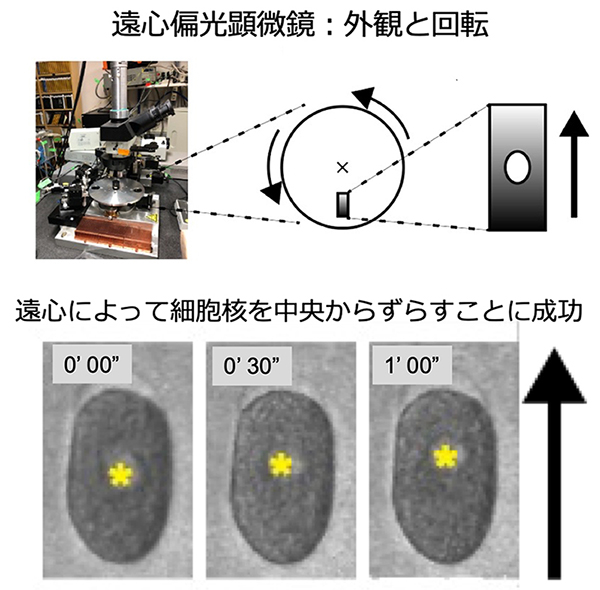2024-10-16 ブラウン大学
<関連情報>
- https://www.brown.edu/news/2024-10-16/mini-brains-compression-injuries
- https://journals.plos.org/plosone/article?id=10.1371/journal.pone.0295086
大脳皮質スフェロイドは、持続的圧迫損傷後にひずみ依存的な細胞生存率の低下と神経突起の破壊を示す Cortical spheroids show strain-dependent cell viability loss and neurite disruption following sustained compression injury
Rafael D. González-Cruz ,Yang Wan ,Amina Burgess,Dominick Calvao,William Renken,Francesca Vecchio,Christian Franck,Haneesh Kesari ,Diane Hoffman-Kim
PLOS ONE Published: August 19, 2024
DOI:https://doi.org/10.1371/journal.pone.0295086
Abstract
Sustained compressive injury (SCI) in the brain is observed in numerous injury and pathological scenarios, including tumors, ischemic stroke, and traumatic brain injury-related tissue swelling. Sustained compressive injury is characterized by tissue loading over time, and currently, there are few in vitro models suitable to study neural cell responses to strain-dependent sustained compressive injury. Here, we present an in vitro model of sustained compressive neural injury via centrifugation. Spheroids were made from neonatal rat cortical cells seeded at 4000 cells/spheroid and cultured for 14 days in vitro. A subset of spheroids was centrifuged at 104, 209, 313 or 419 rads/s for 2 minutes. Modeling the physical deformation of the spheroids via finite element analyses, we found that spheroids centrifuged at the aforementioned angular velocities experienced pressures of 10, 38, 84 and 149 kPa, respectively, and compressive (resp. tensile) strains of 10% (5%), 18% (9%), 27% (14%) and 35% (18%), respectively. Quantification of LIVE-DEAD assay and Hoechst 33342 nuclear staining showed that centrifuged spheroids subjected to pressures above 10 kPa exhibited significantly higher DNA damage than control spheroids at 2, 8, and 24 hours post-injury. Immunohistochemistry of β3-tubulin networks at 2, 8, and 24 hours post-centrifugation injury showed increasing degradation of microtubules over time with increasing strain. Our findings show that cellular injuries occur as a result of specific levels and timings of sustained tissue strains. This experimental SCI model provides a high throughput in vitro platform to examine cellular injury, to gain insights into brain injury that could be targeted with therapeutic strategies.


